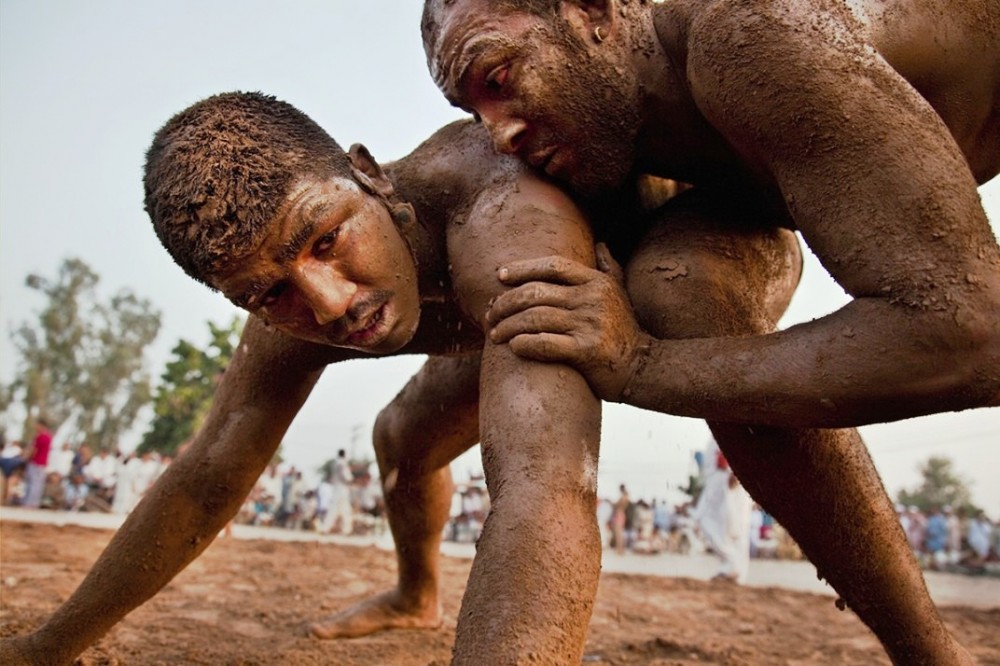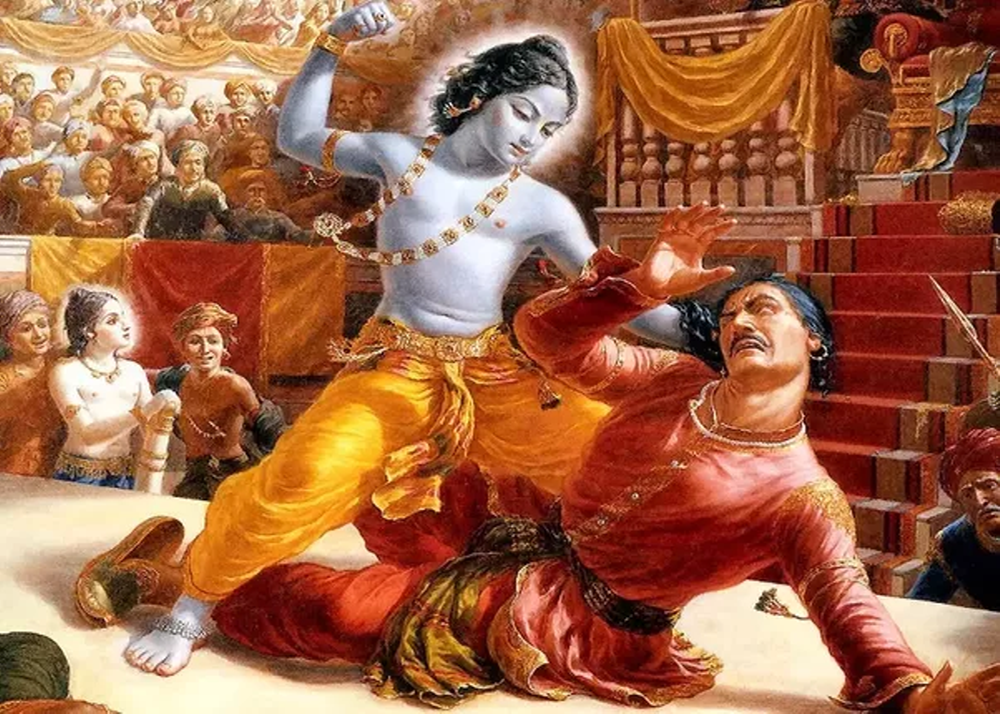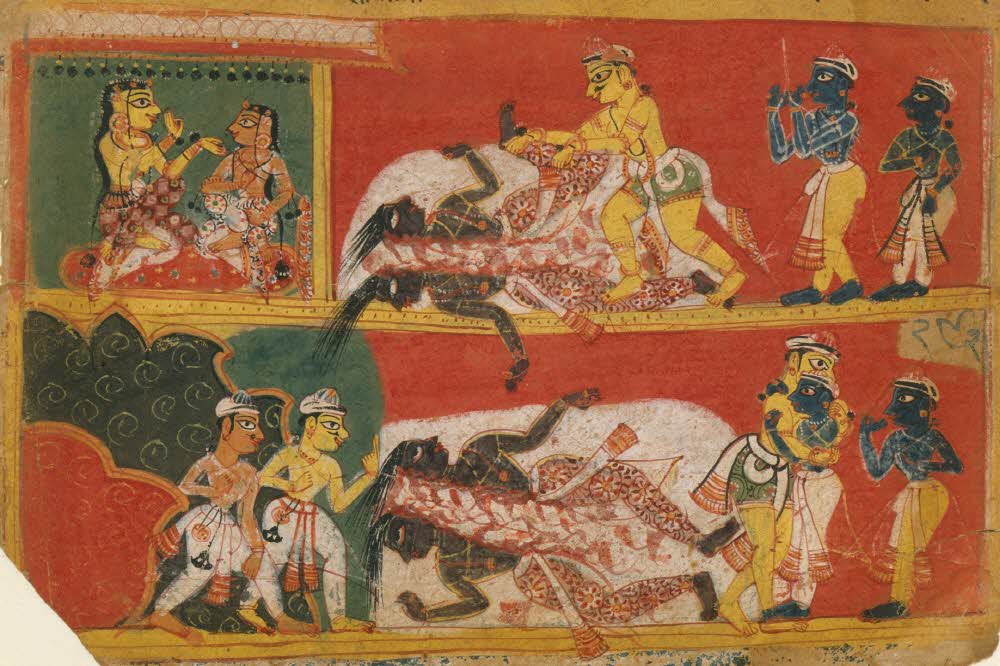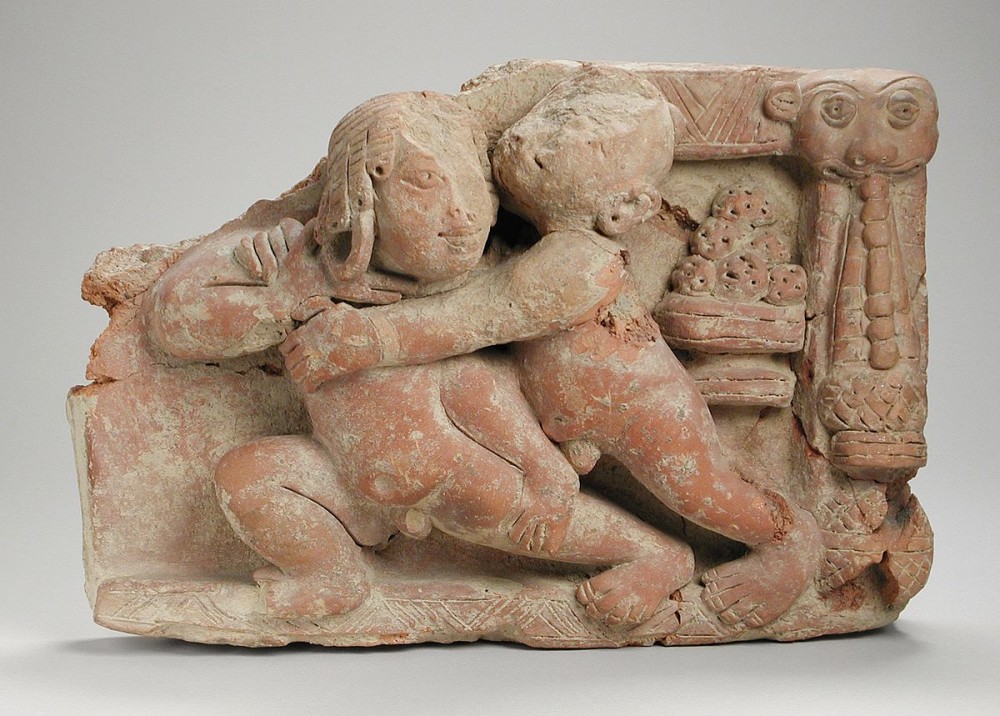asia | Mallyuddha
페이지 정보
작성자 WoMAU 작성일20-03-05 1,991회 댓글0건관련링크
본문
|
Mallyuddha |
|
Malla-yuddha |
|
Member Organization(s) |
|
Introduction |
|
Mall-yuddha or Malla-kridha is the traditional South Asian form of combat-wrestling, today is commonly known as ‘Kushti’ in India. Word ‘mall’ in Sanskrit means "wrestler" or "fighter" and yuddha means "combat." Thus, ‘mall-yuddha’ literally means “wrestling combat”, and ‘mall’ or ‘malla’ in its origin was a title awarded to fierce and courageous fighters. Mall-yuddha is the combat version while Mall-krida is the sport version. Matches were traditionally codified into four types which progressed from purely sportive contests of strength to actual full-contact fights known as Yuddha. Malla-yuddha incorporates grappling, joint-breaking, punching, biting, choking, and pressure point striking. It is divided into four styles, each named after Hindu gods and legendary fighters: - Hanumanti concentrates on technical superiority while - Bhimaseni focuses on sheer strength. - Jambuvanti uses locks and holds to force the opponent into submission, - Jarasandhi concentrates on breaking the limbs and joints. Due to the extreme violence, this final form is generally no longer practiced. The second form, wherein the wrestlers attempt to lift each other off the ground for three seconds, still exists in south India. |
|
History |
|
Mallyuddha in South Asia has a history of at least 5000 years making it the oldest known codified form of fighting in the region. Competitions held for entertainment were popular among all social classes, with even kings and other royalty taking part. Wrestlers represented their kings in matches between rival kingdoms; deathmatches before the royal court served as a way to settle disputes and avoid large-scale wars. As such, professional wrestlers were held in high regard. In pastoral communities, people would even wrestle against steers. Traditional Indian wrestling first began to decline in the north after the medieval Muslim invasions when influences from Persian wrestling were incorporated into native malla-yuddha. Under the Mughal rule, courtly fashion favoured the Persianate pehlwani style. Traditional malla-yuddha remained popular in the south, however, and was particularly common in the Vijayanagara Empire. The descendants of the Jyesti clan continued to practice their ancestral arts of malla-yuddha and vajra-musti into the 1980s but rarely do so today. Mallayuddha has survived in south India however, and can still be seen in Karnataka and pockets of Tamil Nadu today. |
|
References |
|
“Mallyuddha - Combat Wrestling”. IFM. NMAA (2019). WoMAU membership application form. Sarin Mall (18 July 2014). “MALL Yudhha - World oldest unarmed martial art”. Mallstuff. The Real Joe (4 May 2020). “Malla-Yuddha”. YouTube. ※ Advised by Master Bk Bharat, director of NMAA. |
댓글목록
등록된 댓글이 없습니다.






